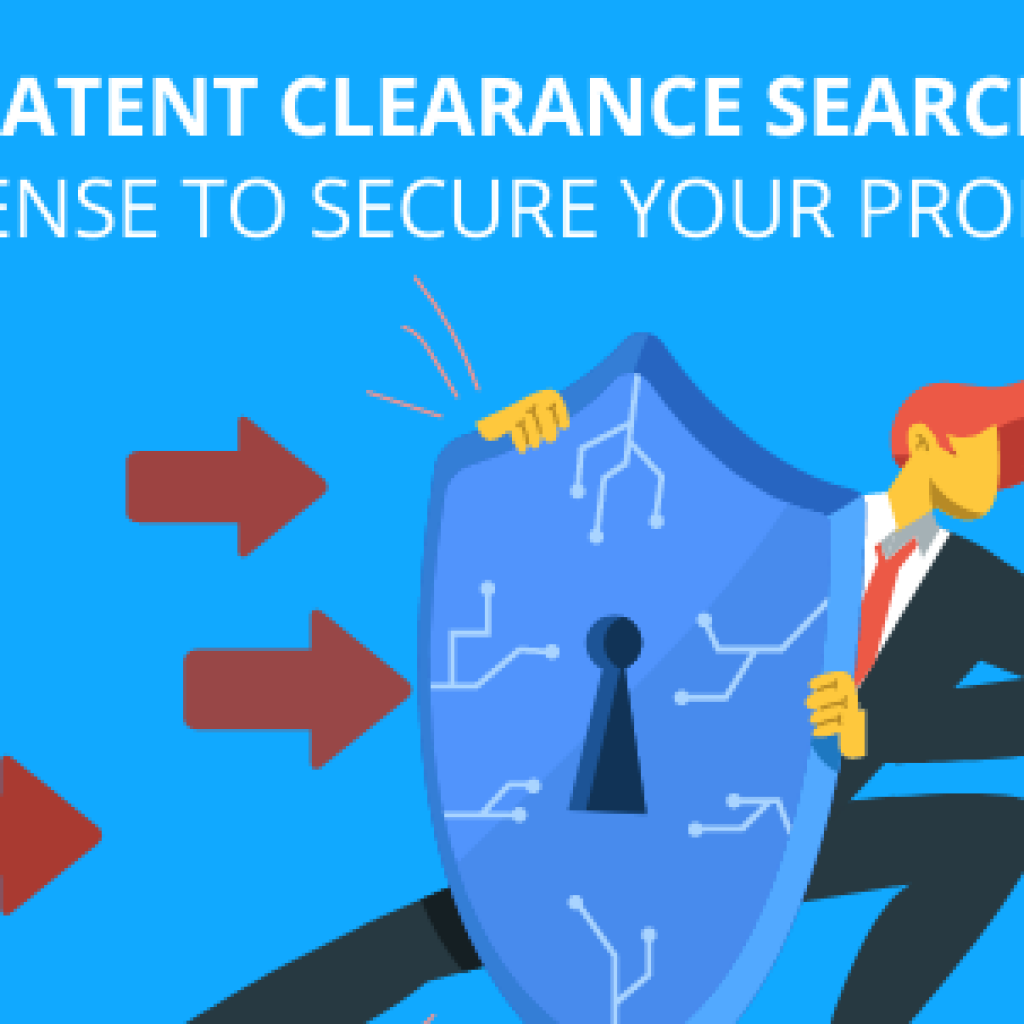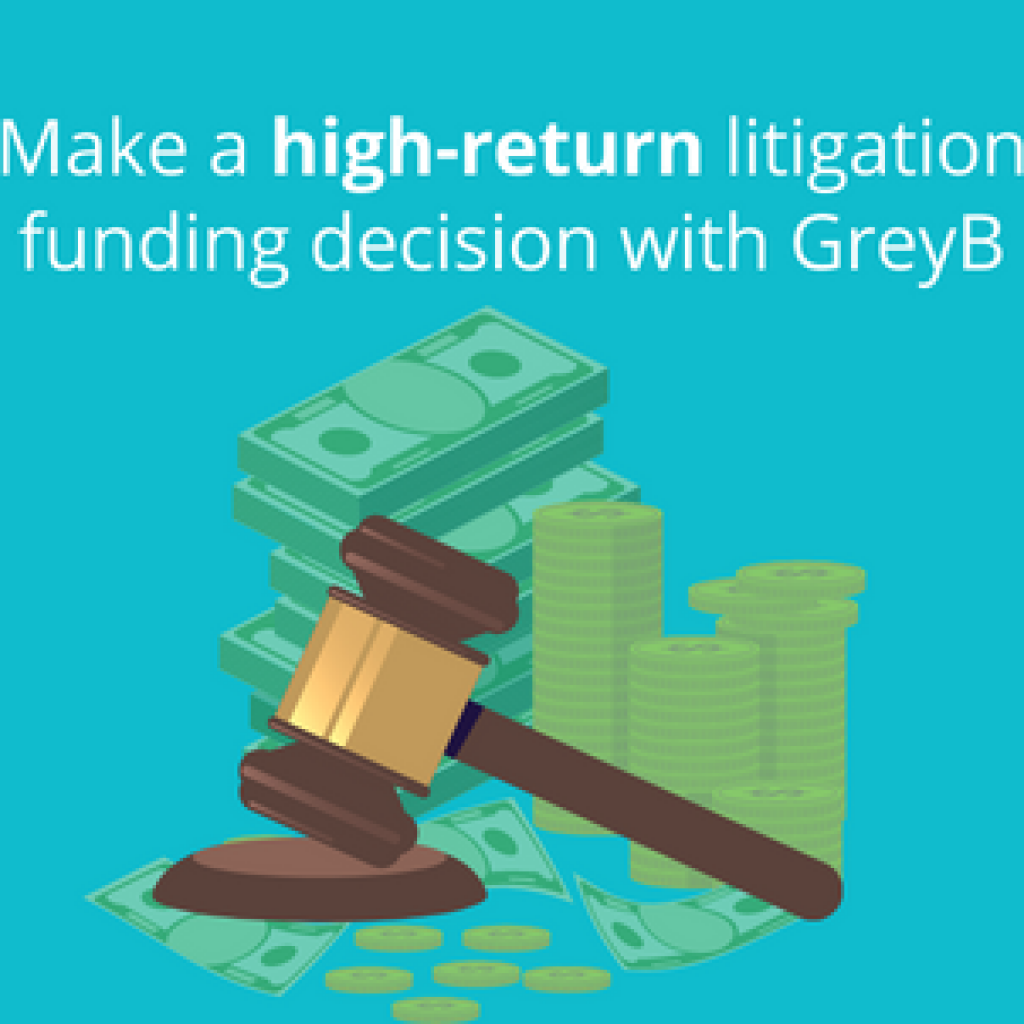Chess, when played beyond a basic skill level, is not a game about pieces; it’s about reading your opponent.
This saying is very much applicable to patent prosecution where each written has an inherent risk of introducing rejections. Further, extended arguments are generally more expensive since they require additional time to draft and edit. For this reason, the better strategy is to present most efficient patentability arguments possible, to overcome the rejections given by an examiner.
The information available on the prosecution history associated with US patent documents is very insightful. Studying the negotiations that took place between an examiner and an applicant, and how they impacted the claim scope associated with a patent can be a powerful method to overcome the prior art.
Unfortunately, the information in the file wrapper histories is not easily accessible. In such instances, you can add GreyB’s Examiner Analytics tool that provides “Office Action Analysis Report” into your toolkit. The tool comes handy when you have a challenging office action rejection.
Bonus: Want a 5 step-by-step technique to get your patent granted after an examiner rejects it? Click here to get our free guide!
An Examiner conducts his own “prior art” search and usually gives the below mentioned three kinds of rejections:
- 101 patent rejection: the invention is not useful;
- 102 patent rejection: the invention is completely described in a single prior art document; and
- 103 patent rejection: the invention is an obvious combination of two or more prior art documents.
Suppose your client’s patent application is rejected as allegedly obvious under 35 USC §102. Now, the best ways to overcome a 35 UCS 102 rejection include:
- Arguing that the prior art doesn’t teach the claimed limitation,
- Amending the claims.
Below is an example to elaborate how an “Office action Analysis Report” generated by GreyB’s Examiner Analytics tool would provide the complex information in a simplified which help you prepare an office action response and in overcoming a rejection.
The availability of information to gain insights based on what is happening would help in determining the best way to proceed. Certainly, clients would appreciate your ability to help them make informed IP decisions. Plus, it also helps you convince a client that you have best strategies to respond to rejections that save his time and money, too.
Next Step: Explore more Patent Prosecution Strategy articles and create your own smart patent prosecution strategy using these tactics.
Authored By: Geetika Dube, Project Manager, Graphical Team












